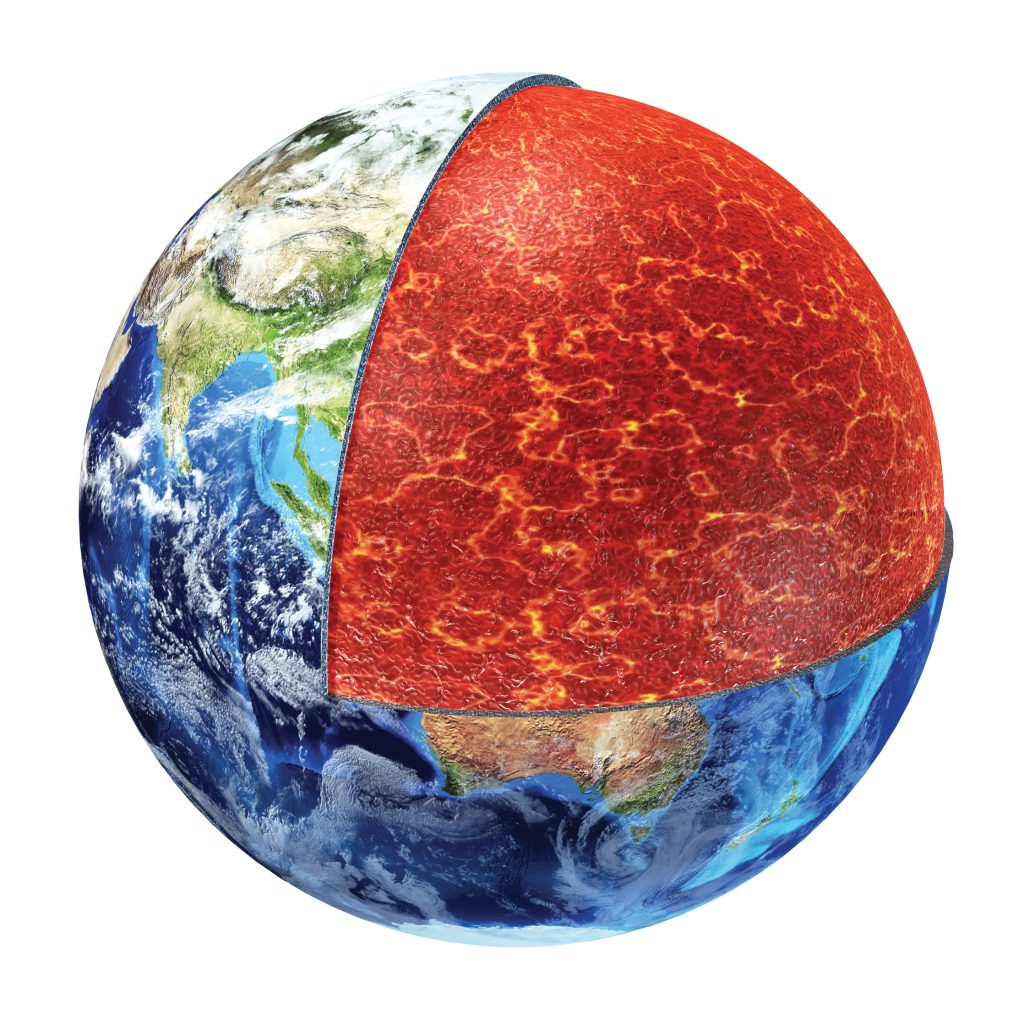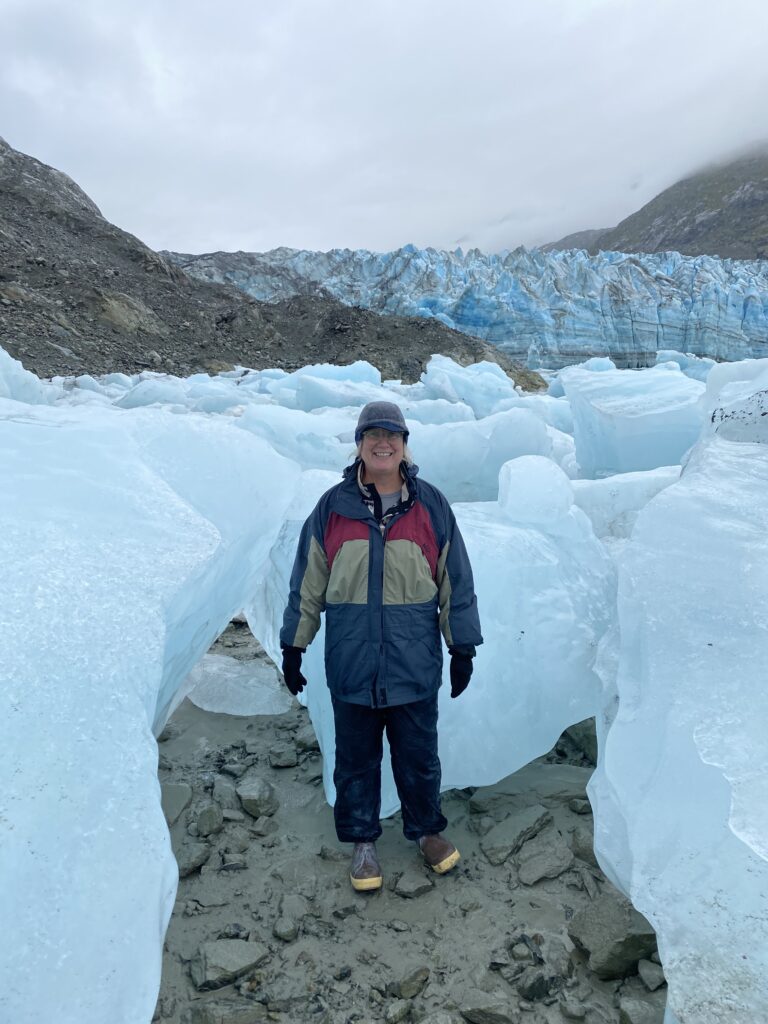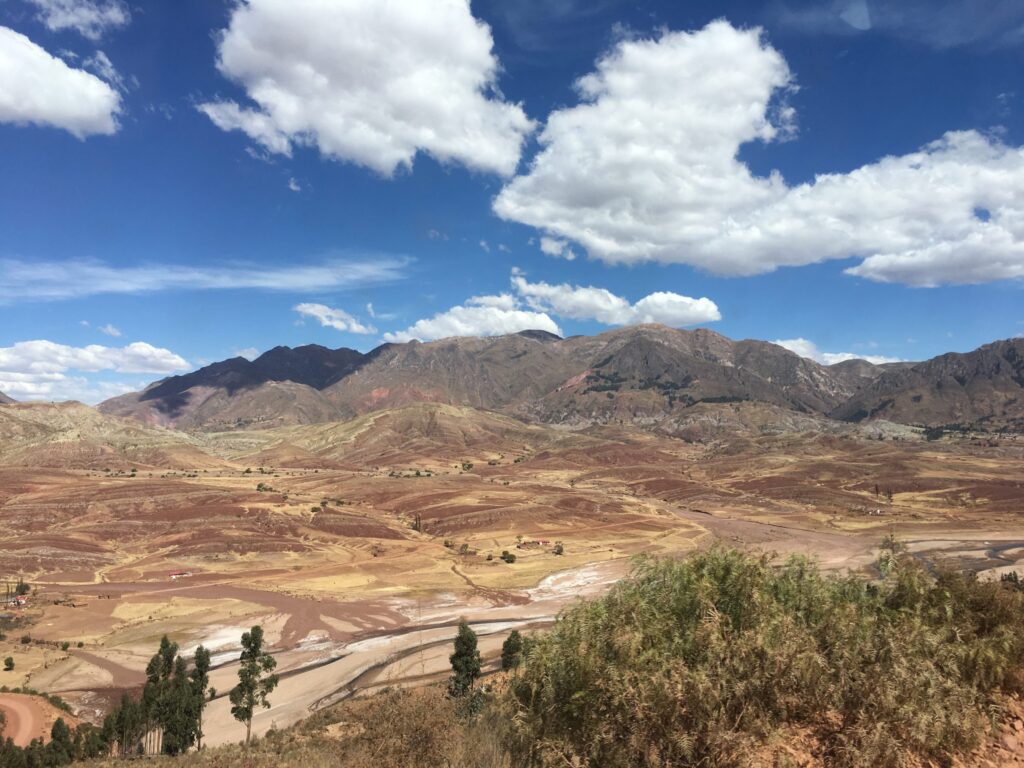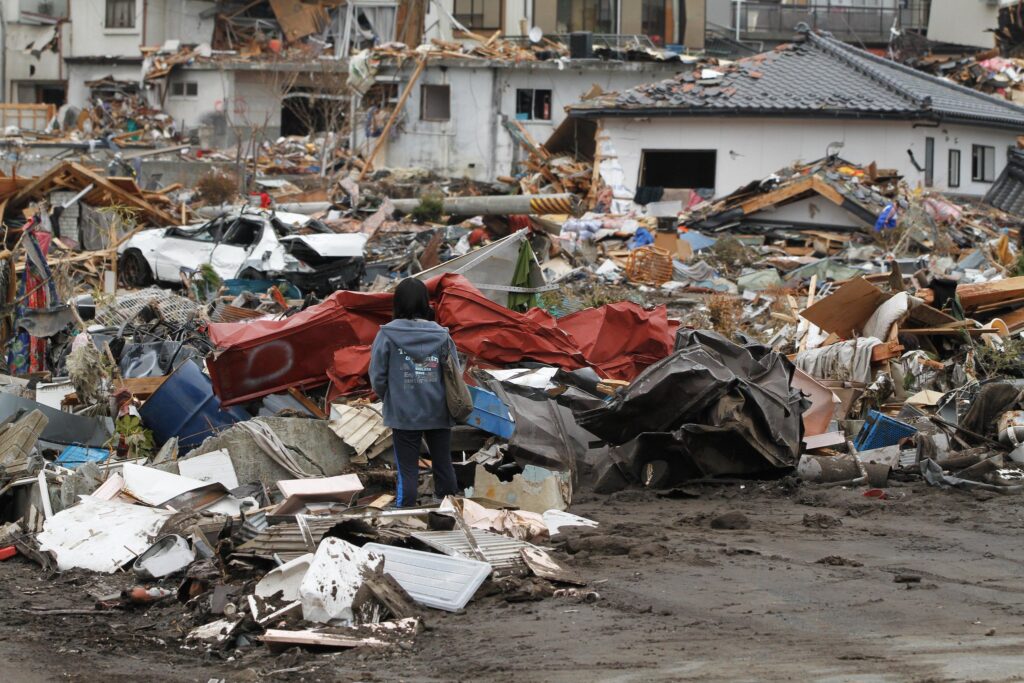Scientists have discovered a new layer of partly molten rock under the Earth’s crust that might help settle a long-standing debate about how tectonic plates move. Researchers had previously identified patches of melt at a similar depth. But a new study led by The University of Texas at Austin revealed for the first time the… Continue Reading Scientists Detect Molten Rock Layer Hidden Under Earth’s Tectonic Plates
Gail Christeson: Former UTIG Associate Director
By Constantino Panagopulos Like many scientists, Gail Christeson often turned to the National Science Foundation for research funding. It’s how she ended up leading one of the longest continuous seismic imaging profiles of the Earth’s oceanic crust, and it’s what took her to the southern Gulf of Mexico to drill an underwater crater that marked… Continue Reading Gail Christeson: Former UTIG Associate Director
Study Explores How Tectonic Forces Shape The Andes
Based on their shared geologic history, one would expect the topography of the Andes mountains to be relatively consistent from one end to the other. But reality defies expectation: the 8,000-kilometer long mountain belt spectacularly widens and narrows (varying from 300 to 900 km in width) as it winds from north to south along the… Continue Reading Study Explores How Tectonic Forces Shape The Andes
Big Data Imaging Shows Rock’s Big Role in Channeling Earthquakes in Japan
Thanks to 20 years of seismic data processed through one of the world’s most powerful supercomputers, scientists have created the first complete, 3D visualization of a mountain-size rock called the Kumano Pluton buried miles beneath the coast of southern Japan. They can now see the rock could be acting like a lightning rod for the… Continue Reading Big Data Imaging Shows Rock’s Big Role in Channeling Earthquakes in Japan
Earthquake Forecasts Move a Step Closer to Reality
Earthquakes — like lightning — strike unpredictably. The Earth’s tectonic plates, however, hide subtle warnings that a major fault may soon break. Like forecasting a thunderstorm, knowing how to read the warnings could help communities protect lives, infrastructure and local economies. For decades, scientists have struggled to reliably give forecasts for major earthquake hotspots, but… Continue Reading Earthquake Forecasts Move a Step Closer to Reality





